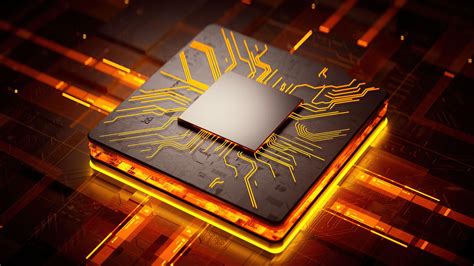In the highly competitive world of semiconductors and processors, intellectual property (IP) disputes are nothing new. However, the recent tussle between Qualcomm and ARM over the Snapdragon X processor’s licensing has taken a rather dramatic turn. ARM’s demand for the destruction of all Qualcomm PCs that use the Snapdragon X has raised eyebrows, leading to impassioned discussions across forums. This isn’t just a corporate scuffle; it symbolizes a pivotal moment in the tech industry’s ongoing evolution.
One aspect of the dispute centers around the nature of ARM’s license agreements. ARM contends that the architecture license originally granted to Nuvia, a company acquired by Qualcomm, was specific to server products. Nuvia’s repurposing of this core technology for devices like laptops allegedly breaches the initial terms, leading ARM to terminate the license. Qualcomm, on the other hand, argues that once they acquired Nuvia, the IP should automatically transfer under Qualcomm’s existing architecture license with ARM. The murkiness of the contracts and the non-disclosure of their exact terms make it difficult to ascertain which party holds the upper hand.
This dispute has sparked a broader conversation about the power dynamics and vulnerabilities in the semiconductor industry. ARM’s stance appears to be driven by a desire to protect its licensing revenue model. With the advent of high-performance processors like Apple’s M1 and M2 chips, there’s increased pressure on companies like ARM to deliver competitive products. Qualcomm’s use of ARM’s instruction sets but not its stock cores poses a direct threat to ARM’s business model where they earn more from licensing their core designs than just the ISA (Instruction Set Architecture).
Moreover, the potential waste impact of ARM’s demand—destroying all Snapdragon X powered PCs—cannot be understated. Such demands would result in significant environmental and economic waste. Modern electronics, especially sophisticated processors and integrated circuits, are produced with a substantial investment of resources, water, and energy. Ensuring that technological developments don’t lead to colossal wastage is not only an economic necessity but also a moral imperative given the current global emphasis on sustainability. Critics argue that ARM’s actions might spur competitors like Qualcomm to explore alternative architectures such as RISC-V, which promises an open and collaborative ecosystem.
From a legal standpoint, the case underscores the complexities of IP law in the tech industry. Contracts involving multiple jurisdictions and evolving applications are fraught with the risk of diverging interpretations. The significance of terms like ‘non-transferable’ and domain-specific licensing can lead to extensive litigation, costing companies millions and delaying product launches. This legal ambiguity benefits neither company in the long run and erodes trust within the industry.
As the dust settles, the resolution of this dispute will likely set a precedent. Qualcomm and ARM might reach a settlement that ensures continued innovation while protecting their respective business interests. Ultimately, the real competition is between different technological paradigms—integrated ecosystems like Apple’s, contrasting with more open models that encourage broad collaboration and innovation. The semiconductor industry is at a crossroads, and the outcome of such disputes will shape the future trajectory of tech innovation and collaboration.
As observers of this drama, we should understand that companies like ARM and Qualcomm are not just fighting over market share but over the very blueprint of future technological advances. Whether through litigation, negotiation, or innovation, the outcome will influence how quickly and effectively we can adapt to the ever-accelerating pace of technological development. In the end, it’s not just about who wins the legal battle, but how the industry evolves to meet the needs of a rapidly advancing digital world.


Leave a Reply